Dental Braces - Damon Orthodontics
Dental Braces in Spokane
Braces have long been a preferred and effective tool in helping the people of Spokane to achieve straighter teeth and healthier bite patterns. A generation ago, braces were large and obtrusive, and were often accompanied by cumbersome and embarrassing headgear. Today, orthodontics braces provide a much wider and more discreet variety of options to suit the needs and lifestyles of patients.
The Benefits of Braces
Braces work to correct the impact of malocclusions, which is when your top and bottom sets of teeth do not come together properly. People with malocclusions may experience a number of different health problems, including:
- Headaches
- Neck and shoulder pain
- TMJ pain
- And more
Braces may be able to help to alleviate or eliminate these symptoms by correcting malocclusions. In addition, patients who choose braces may experience:
- Improved oral hygiene due to proper spacing
- Reduced bite issues
- Reduced pain in the face, neck, and back
- Improved sleep
- And more!
Depending on your needs, Damon Orthodontics offers different treatment options, including self-ligating braces, lingual braces, and Invisalign.

3 Locations To Serve You in Spokane, WA.
Mon: 8:00 AM-4:00PM
Tue: 8:00 AM-4:00PM
Wed: 8:00 AM-4:00PM
Thur: 8:00 AM-4:00PM
Fri: 8:00 AM-4:00PM
Treatment With Braces In Spokane
Dr. Damon and the Damon Orthodontics team understand that regardless of your age and lifestyle, you want to correct your smile as efficiently and discreetly as possible. We are happy to work with you to determine the orthodontic solution that works best for your unique needs.
Treatment With Braces In Spokane
Dr. Damon and the Damon Orthodontics team understand that regardless of your age and lifestyle, you want to correct your smile as efficiently and discreetly as possible. We are happy to work with you to determine the orthodontic solution that works best for your unique needs.
Quick Facts About Braces
Orthodontics is an ancient practice . The first “modern” braces were popularized in the late 18th century, and have been fine-tuned ever since.
The medical term for an imperfect bite is a “malocclusion”. Most malocclusions are inherited, but some are acquired through such factors as thumb-sucking, accidents or dental disease.
Orthodontics is not simply about straightening the teeth. Orthodontists have specific expertise in the biomechanics of the mouth and jaw, and focus on providing patients with straight teeth and a mouth and jaw that meet in the optimal position.
A perfect bite has teeth that are straight, evenly spaced, with top teeth slightly overlapping the bottom teeth, and molars that meet evenly so as to permit thorough chewing. Very few mouths have a perfect bite, and many need orthodontic correction.
The American Association of Orthodontics recommends that all children visit an orthodontist by age seven. Many orthodontic issues are easier to fix early on, while the jaw is still growing.
Average treatment time is two years, but will vary depending upon the amount of treatment needed.
A bit of discomfort is normal for the first few weeks, as the teeth begin to move and the inside of the mouth adjusts to the presence of brackets and wires. An orthodontic mouth rinse and a small amount of over-the-counter pain medication can help ease any initial discomfort.

Frequently Asked Questions:
If you are a candidate for braces, your orthodontist will recommend an appliance specific to your dental needs. Options include bands, wires, and other fixed or removable corrective appliances. You may also have options for the latest technology such as Invisalign®.
Your teeth are no longer growing, which means you may have to wear braces for a longer period of time, as they will shift slowly. The average adult wears braces for 18 months to three years. Once your braces are removed, you may need to wear a retainer to maintain the results of your treatment.
Brush your teeth by using a regular soft toothbrush. Brush down from the top and then up from the bottom on each tooth; always brushing away from your gums. Use a gentle sawing motion to work the floss on each side of the two teeth the floss is between. Be careful not to pull with too much force around the archwire.
You may need to go in more frequently in the beginning so your orthodontist can adjust the braces and make sure you are taking good care of them. If your treatment is progressing well and you are properly caring for your teeth, your orthodontist might decide that you only need to come in every eight weeks. The frequency of visits varies for every individual case.
The cost of your treatment will vary depending on your specific dental requirements. Once we complete a new patient exam and create a treatment plan for you, you will meet with a treatment coordinator to discuss the costs and payment plans available to you. We will work with you to create a payment plan that is tailored to your needs and budget.
